From The Warner Archive: Fred Astaire vs. Gene Kelly
Posted by Marya E. Gates
I’ve always been partial to Gene Kelly, myself. The Warner Archive asks you to choose between the two icons of dance on film with two new releases from the collection: Fred Astaire in the 1943 wartime dark comedy The Sky’s The Limit and Gene Kelly in the 1947 post-war musical comedy Living In A Big Way. Both films are little seen and essential for fans of the dancers, though I will admit as these reviews go on, my preference for Kelly will start to show.
I’ll start with Astaire’s film, since chronologically it comes first. It’s a little too wartime sentimental for my taste, though it does also veer into some pretty heavy nihilism occasionally.
The film was directed by Edward H. Griffith, whose credits include lots of silents and one of my favorite pre-code dramas, 1932’s The Animal Kingdom. Other than the over-sentimentality of the film, I also had some problems with its pacing, but that might just have been because there weren’t enough dance numbers for what I’ve come to expect from a Fred Astaire flick.
Astaire is charming as ever for most of the film. However, like I said earlier, the film occasionally treads into very nihilistic territory, which I must think would have been pretty shocking for audiences of the era. Especially when you consider the film’s overall premise: Astaire plays “flying tiger” war hero, also named Fred, who is on leave for ten days before starting another tour in the Pacific. It is this impending return to the war that causes the character to go to these dark places. This is not your average war-time propaganda film.
While there may not have been enough dance for my taste, Astaire’s number for “One More For My Baby” wherein he gets drunks, dances on a bar and practically destroys everything around him is pretty sweet. In fact, it may well be my favorite solo Astaire dance number.
I had some issues with Joan Leslie’s character, though none of them had to do with the actress’s performance. She was great and did all that she could do with the character. I think my problem with the character is mostly a problem with the era and its penchant to have strong women characters who either get sidelined by men or who get maligned by men for their willful traits. Both of these things happen, however innocently, during the film.
Regardless, Leslie proves to be a great dance partner for Astaire and their number for “A Lot In Common With You” was a real joy to behold.
While I can appreciate Robert Benchley’s amazing nonchalant comic timing, his character, Leslie’s boss, was probably my least favorite character in the film. Basically, he is everything I dislike about the men in films like this. I read that the film was based on a story that was published in the Saturday Evening Post where a young woman who was the employee/assistant and perhaps lover of a big business man leaves him to marry a soldier heading off to fight in the war. So I guess he is supposed to be the kind of character you dislike. My only concern is, did people dislike him in the era? Or was he the kind of guy you identified with? Hmmm.
Noir favorite Robert Ryan lends some comic, yes comic, relief to the film as a fellow war hero who is also on leave with Astaire’s character. True to his noir self, however, Ryan is a bit of a tough guy. It was a real hoot seeing him smile and cause Astaire some unwanted angst.
I must also mention Clarence Muse, who appears briefly as the doorman at the Continental Nigh Club – where the bulk of the film’s action takes place. Muse is one of the great unsung heroes of black cinema.
Lastly, I wanted to mention the film’s high contrast lighting. It only uses it a handful of times, but it adds a noir feel to the film. Remember, this came out during the war – 1943 – a good three years before 1946, which is often thought of as the birth year of noir (although The Maltese Falcon had already been released at this time). It was kind of shocking to see such lighting techniques in such a film, which just adds to its unique place in Astaire’s filmography.
Which brings me to Kelly’s film, Living In A Big Way, which was written, directed and produced by Gregory La Cava, who is probably best known for My Man Godfrey and Stage Door. I love La Cava’s work and I loved this film.
Kelly is just so damn beautiful it hurts. He’s also such a great actor. In this film he is allowed a great range of emotions, as well as some truly stunning dance routines – choreographed by himself and Stanley Donen.
The film begins during the war – when Kelly’s Leo Gogarty meets Marie McDonald’s Margo at a dance and the two get themselves into one of those hasty “war marriages.” They also share a dance scene that is so hot they might have well have been having sex right there. The film then cuts to three years later, when the war is over and soldiers are returning home. As you can imagine, chaos ensues.
Apparently MGM wanted to use this film to launch McDonald as a Lana Turner type star. You can see they did a pretty good job with the ice blonde hair and styling, but as charming as McDonald is, she just doesn’t have “it” and Kelly outshines her so consistently it is hard to watch sometimes.
The supporting cast, however, is nothing short of brilliant. Charles Winniger plays Margo’s father, who made a ton of money during the war making doorknobs, and the always magnificent Spring Byinton plays her spacey mother. I will watch Byington in pretty much anything, she is just the greatest. There’s a scene towards the end of the film between her and a judge that had me in such stitches. Flawless woman.
Jean Adair plays the “straight man” in the film as Margo’s grandmother and the only person whose willing to welcome the returning Kelly to the family when Margo finally tells her family her about her secret marriage. She’s also the only one who sees that the two really love each other and tries to dissuade them from a hasty divorce.
I’m a sucker for dogs in movies. What’s that line in Shakespeare in Love about “a bit with a dog”? It’s the truth. Give me a cute dog and I am a happy camper. Give me a dance number with a dog and I am over the moon. Kelly often said this early film contained some of his favorite dance numbers, and I must say this scene with him, a dog named Chris (or Fido) and a statue is probably up there with when he danced with himself in Cover Girl and the famous Singin’ In The Rain rain scene as far as I’m concerned.
I love films that act as a time capsule for an era, and this film is certainly that. After Kelly’s character decides to leave his war bride he begins a housing project for homeless returning veterans and their families. Byington’s character even says something like, “I didn’t know there were so many homeless veterans!” I don’t think many people remember that anymore, but the housing shortage was a major deal, both during the war and especially immediately afterwards. There’s a great William Holden/Lucille Ball comedy that centers around this as well called Miss Grant Take Richmond that I highly recommend. This housing shortage subplot also allows Kelly the space for one of his most epically stunt-heavy dance numbers. As the photo above indicates, he dances on roof beams. He even does some crazy Buster Keaton-esque moves from one roof to another via a single piece of wood. It was amazing.
It’s a shame this film is as little seen as it is, but hopefully with this new release from The Warner Archive, it will become a revered classic, at least among the Kelly fan set, if not for everyone. It surely deserves it.
Disclaimer: These reviews are based on review discs given to me by the Warner Archive, though the opinions are all my own.
Posted on April 3, 2012, in Classic Film, DVDs and tagged Charles Winniger, Clarence Muse, Edward H. Griffith, Fred Astaire, Gene Kelly, Gregory La Cava, Jean Adair, Joan Leslie, Living In A Big Way, Marie McDonald, Robert Benchley, Robert Ryan, Spring Byington, Stanley Donen, The Sky's The Limit, the Warner Archive. Bookmark the permalink. 7 Comments.
Leave a reply to lyriquediscorde Cancel reply
This site uses Akismet to reduce spam. Learn how your comment data is processed.
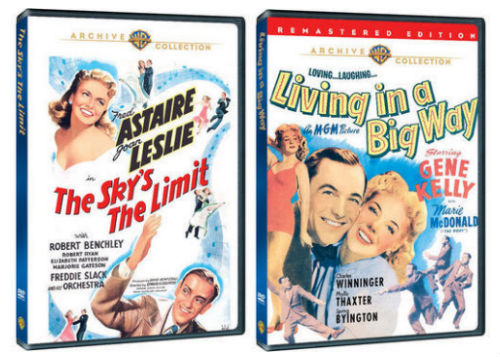





















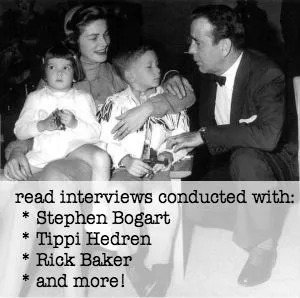
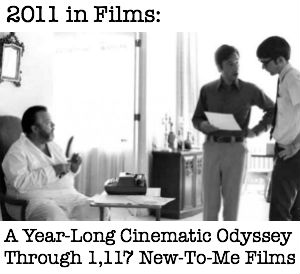
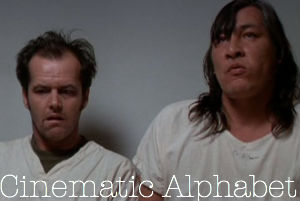

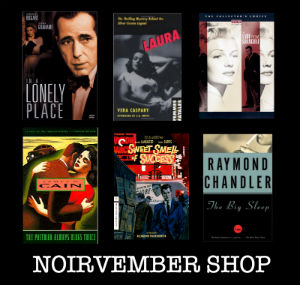








my heart will always belong to Gene Kelly ❤
The Gene Kelly film sounds like a good one. I’ve always had a place in my heart for him since I saw Brigadoon in my youth numerous times. I have to see that roof-beam dance number! Nice reviews.
I guess we’ll all have to fight each other over Gene Kelly in heaven.
Put ’em up.
Gene Kelly dancing with children is always worth the price of admission. Plus, he is gorgeous and sexy. This movie should be in any Kelly fan’s collection.
Astaire. Always, forever, and only Astaire.
Pingback: April 2012 in Films: Film Festivals, Interviews and Books on Film « the diary of a film history fanatic
Pingback: From The Warner Archive: Born To Be Bad, 1950 (dir. Nicholas Ray) « the diary of a film history fanatic